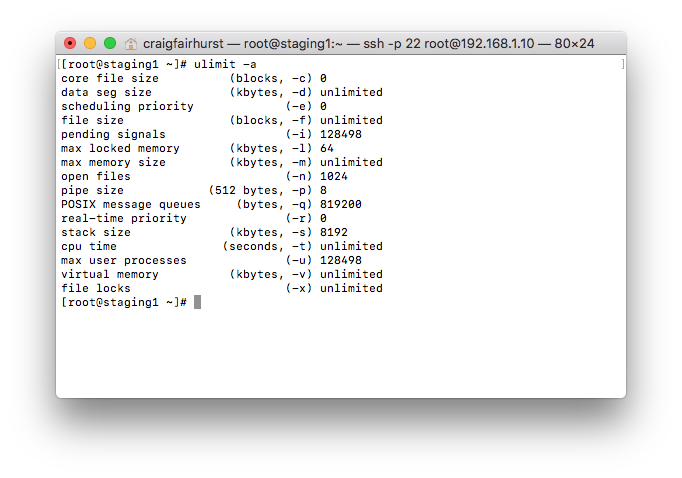- Posted on
- Featured Image
This comprehensive guide delves into the Bash shell's history feature, teaching users how to view, recall, search, and clear command history. It covers advanced topics like setting custom history files and sizes, ignoring duplicates, and adding timestamps, aiming to boost efficiency and effectiveness in using the command line. Perfect for users of all levels seeking to optimize their terminal sessions and script integrations.
